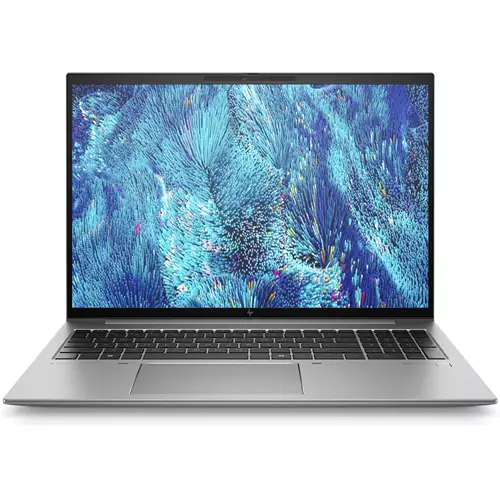
Introduction

xDuoo is an audio brand operated by the Shenzhen xDuoo Technology Co., Ltd. (Yidu) company, that started out as an ODM (original design manufacturer) for various companies before launching its own brand nearly a decade ago. The brand has become synonymous with desktop headphone and speaker amplifiers in particular, such as the TA-22 we saw before, although lately there have been multiple xDuoo portable DAC/amps that have caught my eye. Take the XD05 PRO, for example, offering modular DACs and amplifiers to allow for a highly customizable portable source. I’ve been using it on and off with IEMs and headphones alike, with its bulkier size being the only thing keeping me from using it everywhere. There are smaller entries in the XD lineup too, yet I saw something at the Shenzhen International Audio Show which got me impatient for its release so I could test it properly at home.

I am referring to the subject of today’s review, the xDuoo XD05T where the T stands for Tube. When you think of tube amplifiers, chances are high that you are picturing something huge with hot and glowy tubes, almost something vintage in an age where solid state sources are the norm. However, with IEMs becoming increasingly popular and with it also a plethora of portable sources to enjoy, we have also seen many portable sources use smaller tubes. In fact, there are even DAPs (digital audio players) that have managed to fit tiny vacuum tubes along with the rest of the audio circuitry as well as the screen and the hardware needed to drive the operating system. Many of these go with Korg Nutubes, and we’ve also seen others adopt slightly larger—but still decidedly on the micro size—tubes you can see glowing through vents. The goal here is to deliberately add some distortion, which might seem weird in the quest for the cleanest sound, to allow for a subjective improvement in the listening experience for some people. This can be via an added sense of space, some would perceive tubes as warmer sounding, and many others simply prefer a less analytical presentation. No matter which side of this debate you fall into, there’s no doubt that tube amplifiers are only increasing in popularity again and portable sources are leading the way. Many thanks to SHENZHENAUDIO for providing a review sample of the xDuoo XD05T, as we examine xDuoo’s take on this idea with a look at the product specifications below, so be sure to click the image twice to fully open it and go through all the details.











































